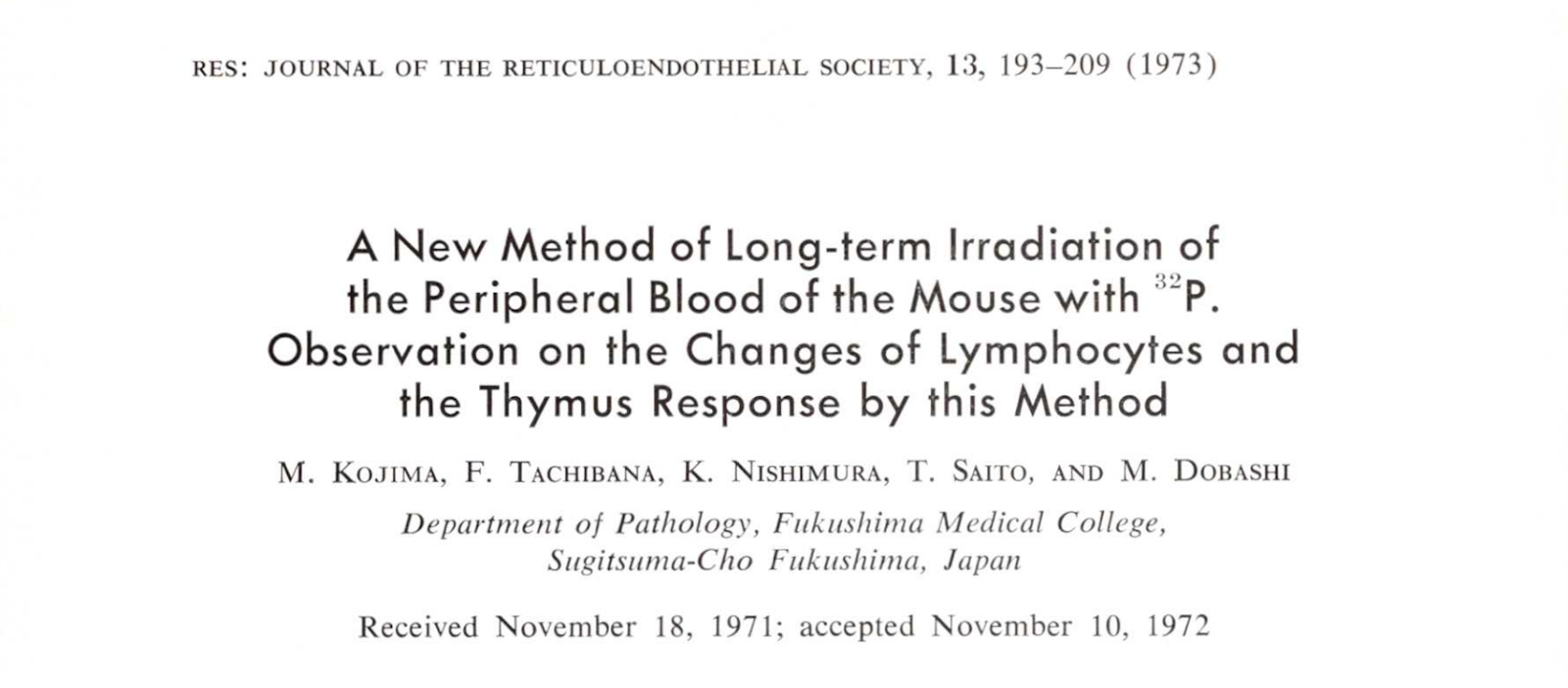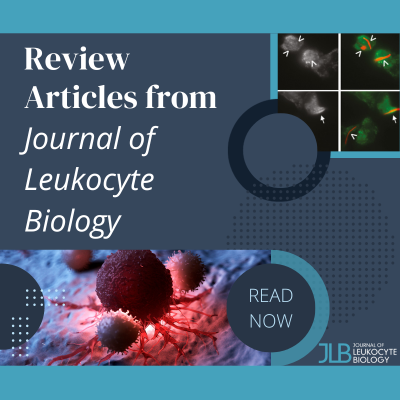|
RES History: Science Flashback (June '23) |
RES History
Join Communication Committee member Samson Kosemani as he looks back into the great science hidden in the RES archives.
A New Method of Long-term Irradiation of the Peripheral Blood of the Mouse with 32P. Observation on the Changes of Lymphocytes and the Thymus Response by this Method
Up until the 1970s, there had been a paucity of information that precisely demonstrated thymus as the principal fount and reservoir that replenishes peripheral lymphocytes.
To fully understand this phenomenon, Kojima and colleagues in 1972 developed a more efficient method that irradiates only the tail of rats for a long period of time and prevents other parts of the body from direct irradiation as a better option to existing experimental setups that comes with setbacks like special apparatus, short irradiation time, and a large amount of heparin, which produces blood lymphocytosis.
Notably, Kojima et al observed changes in body weight, the levels of peripheral blood small lymphocytes concomitant with the involution of the thymus, and a steady decline in the number of thymic lymphocytes, especially small lymphocytes in the cortex, and in the end, only reticulum cells and giant lymphoid cells remained in the cortex.
Based on their results, they concluded that the thymus is the primary source of lymphocytes and serves as a reservoir for peripheral blood lymphocytes upon depletion by releasing the lymphocytes into the peripheral blood in large quantities.

|







